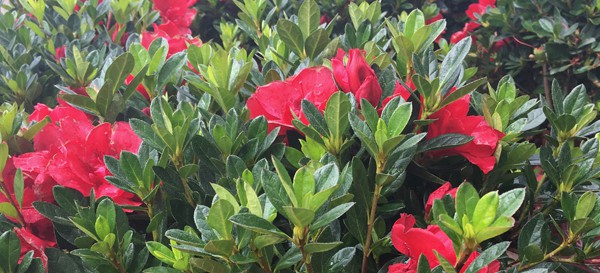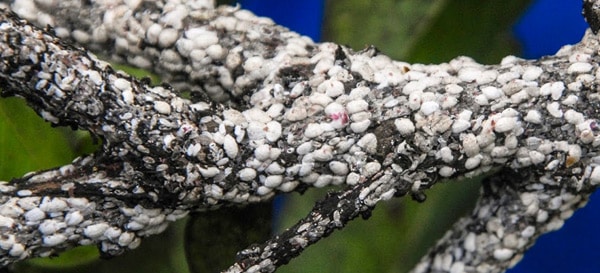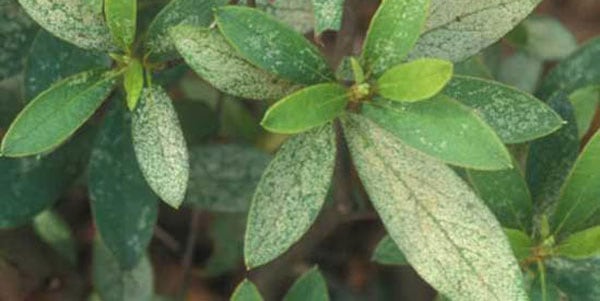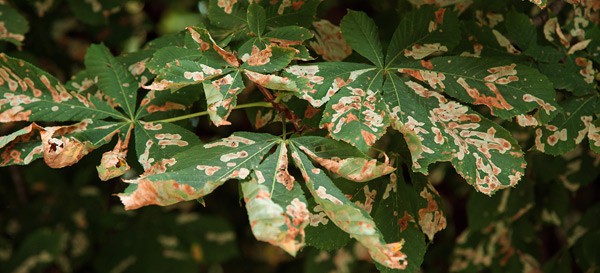
A beautiful garden delights the senses. The colors, shapes, design and fragrances, as well as the birds and insects it attracts, combine to give us satisfaction and joy. Landscapes bursting with healthy plants give us splashes of color that change with the seasons, and Encore Azaleas are ideal centerpieces for flowering shrub beds, containers, and eye-catching hedges.
However, the dream of garden beauty is sometimes frustrated when spots and holes appear in leaves, foliage turns yellow or flower buds remain closed. While Encore Azaleas can withstand many of the insect and disease problems that plague other plants, there are still a few of which you should be aware, so you can keep your garden at optimum health.
It has frequently been said, “The best tonic for a garden is the gardeners’ feet,” since regularly checking plants helps detect problems early. Small infections and infestations may go unnoticed only to grow into larger issues later. Therefore, it is best to examine your Encore Azaleas each time you water.
Planting in the right location with good drainage and air circulation between plants prevents most problems. However, when that is not sufficient, here are a few of the most common offenders:
Aphids
Aphids may appear on the stems of any plant when the weather is humid and plants are too close together without enough air circulation. Treat aphids with a hard spray of water from the hose.
Bark scales

Azalea bark scales cause yellowing and a soot or mold appearance on stems. The white cotton-looking insects show up in limb and twig crotches. To treat, eliminate the insects and prune any dead or dying parts of the plant.
Lace bugs/Spider mites

Azalea lace bugs feed on leaves, creating speckled areas on the leaf surface. Spider mites cause white stippling on leaves first – then the area turns a rust or gray color. If there are just a few insects, remove by hand. Otherwise, apply insecticidal soap.
Fungus-related issues

Leaf galls, rust, petal blight and leaf spot are caused by fungus and should be treated with fungicide. Leaf spot manifests as brown blotches that grow in size. Petal blight appears as tiny white spots on flowers.
Root rot/Water mold
Encore Azaleas may also be impacted by another fungus that causes root rot, sometimes called water mold. Azaleas that stand in water during warm weather are particularly susceptible. This fungus spreads fast, so watch for yellowing leaves and wilting plants.
To assist in preventing, both container- and ground-planted Encore Azaleas should be mulched with several inches of pine bark and the bark should be incorporated into the planting soil to add oxygen and ensure thorough drainage.
A word to the wise
Protect your valuable and beloved plants with regular attention, looking carefully for potential problems along stems and branches as well as under leaves. Ask your local garden center experts about the best treatment products, and faithfully follow the container instructions. But remember, when it comes to chemicals, more is never better.